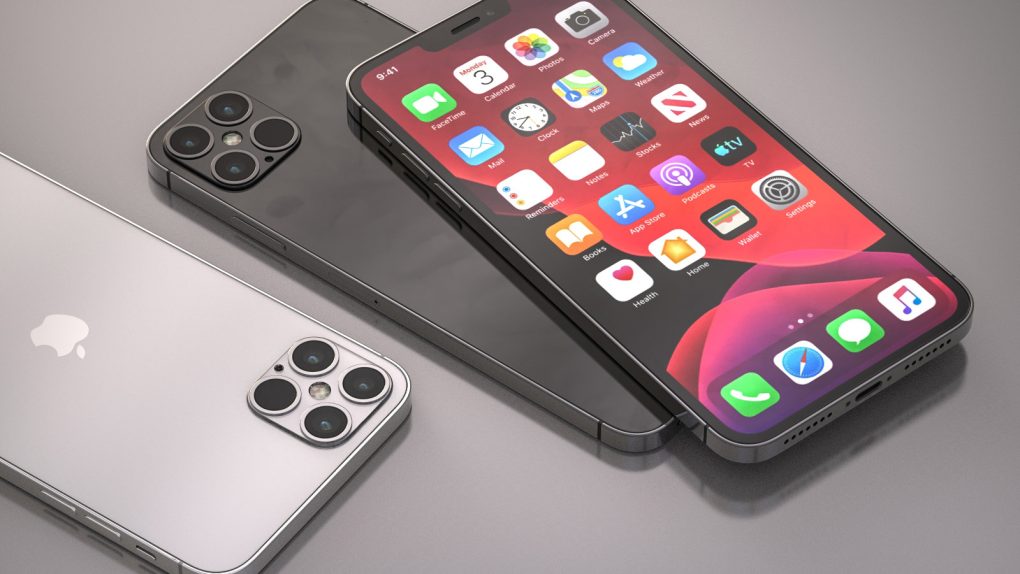- One huge advantage that Android has over iPhone is fast battery charging technology, with some companies working on charging speeds of around 100W.
- However, fast charging speeds have an unwanted side effect on the battery, as its health can deteriorate much faster due to fast wireless charging.
- That’s why the iPhone’s 18W charging speed might be a necessary compromise between good battery life and great battery health.
- Visit BGR’s homepage for more stories.
The iPhone revolutionized the smartphone business 13 years ago and forced everyone to quickly adapt to a new way of making smartphones. Google was the fastest, killing its BlackBerry-like Android OS project and retooling the mobile operating system to work on touchscreen devices. Since then, we’ve witnessed an incredible number of breakthrough innovations in the mobile landscape, with iPhone and Android making every other platform obsolete. Inevitably, Android makers and Google copied Apple, and Apple appropriated features from Android for iOS. Fans of either side would tell you the OS they’re loyal to is the best, and that the iPhone or Android hardware they’re using is superior to the competition. The truth is somewhere in the middle. But, ultimately, the relentless competition between these two sides is what drives innovation, and consumers win in the end.
Not all features are easy to migrate between platforms, though. Take Apple’s iMessage, a must-have instant messaging app that has no true rival on Android. And it’s not just software. Android has a feature that I’ve envied for years: Fast charging technology that eclipses the iPhone’s 18W wired charging speeds, as it can go all the way up to 120W. But a new revelation has made me reconsider that stance.
Several smartphone makers are already toying with wired-charging speeds that can get close to 100W and even surpass it. Lenovo is the latest addition to the limited number of Android device makers exploring such charging rates. But Android phones that can charge at 65W already exist. They’re made by Oppo, and the technology is called SuperVOOC, a marketing term that you might already be familiar with.
Oppo is part of the same conglomerate as OnePlus, and the latter is rumored to bring the same charging speeds to future smartphones. The newest handsets support fast charging as well, but speeds go up to 30W for wired and wireless charging, as opposed to the lightning-fast speeds we’ll see in the coming years.
Oppo outright confirmed to us that their 40W degrades to 70% capacity in the same cycles 15W would to 90%. It's all a crock of shit marketing race seeking to have the bigger numbers.
— Andrei F. (@andreif7) May 8, 2020
Responding to a tweet detailing the rumor that OnePlus phones could support 65W charging, AnandTech’s Andrei F. revealed that fast charging is bad for the overall battery life of the device. The revelation isn’t really a surprise, but it’s something I hadn’t stopped to consider before. Fast charging puts a strain on the health of the battery and could prove to be problematic in the future.
Didn't expect the reactions of this tweet. It's something that's well known in the industry and why the big players such as Apple and Samsung aren't engaging in, because they know the trade-off isn't worth it. 15W is as much as you'd ever want with current battery tech.
— Andrei F. (@andreif7) May 8, 2020
Battery health should be a critical detail to anyone planning to buy a new flagship and hold on to it for a number of years. My 18-month-old iPhone X’s battery is at 86% health, and it’s behaving better than expected. I figure it has plenty of time left until it will require a replacement battery. I’ve mostly used a 12W power adapter with it, although the iPhone X can support 18W charging, just like the newer models.
If you plan on upgrading your Android phone frequently, then you shouldn’t worry about battery health in the first place. Fast charging can definitely come in handy. But if you’re not interested in yearly upgrades, then you might consider a more conservative power adapter for your device, and only use fast charging speeds when absolutely necessary. The other alternative is having the battery replaced once it degrades, but that means having access to an authorized repair center that will be able to guarantee the water-resistance of your phone after the battery is serviced. Because, yes, most flagships come with water and dust resistance ratings that are good until you crack the screen or someone opens the device for repairs without knowing what they’re doing.
Upgrading the iPhone every year doesn’t make sense for most people. Every new iPhone generation is guaranteed to last several years without significant performance issues. Unlike Android, all new iPhones will receive years of iOS updates. You’d be lucky to get even three years of Android updates on an Android flagship. That, by the way, is one good reason to upgrade Android phones more often than you would an iPhone.
With all of that in mind, I’m happy to wait for new fast charging technology to emerge that doesn’t hurt the health of the battery, even if that means having to envy those incredible fast charging speeds Android devices are getting. As for the iPhone 12 series, it’s unclear what sort of charging speeds they’ll support, but the 12 Pros will surely get bigger battery packs, because they’ll both be bigger than their predecessors.








